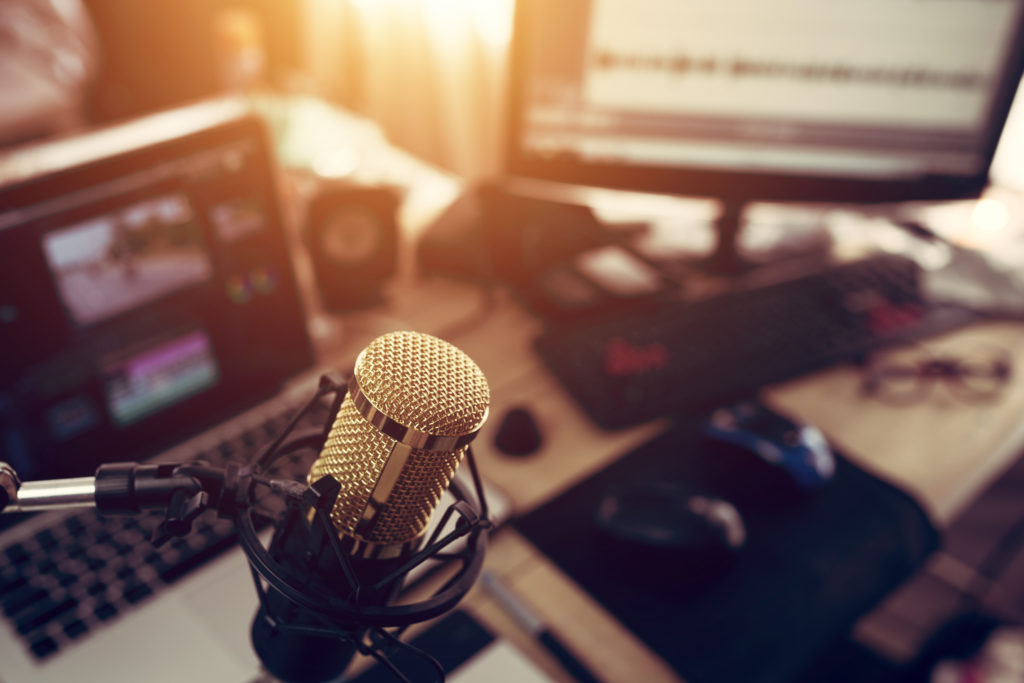Fletcher Munson Curve: What To Know For Audio Recording
aaamusic | On 19, Jun 2020

Although sound frequencies may follow standard actions, different people may have varying audio experiences. Case on point, audio recording operations need to cater to a majority of a particular population to ensure that quality in the media retains. Understanding the quality of sound recording means knowing the Fletcher Munson Curve.
The Fletcher Munson Curve
The Fletcher Munson Curve is a graphical representation of how human hearing works. Note that sound changes depending on the perceived loudness of the brain.
For example, play one of your favorite tracks from your computer. First, set the sound output to your speakers. Next, set the audio output to a pair of studio monitoring headphones.
You’ll find that the volumes differ for each device, despite both gadgets displaying the same volume values on your computer. But, in reality, the tonal values of the track remain the same since you’re still playing the same file for both audio outputs.
The graph shown by the Fletcher Munson Curve illustrates the concept of sound in a visual format. You don’t need to understand the chart in detail to understand its value in audio recording. But, you still need to grasp the concept behind it.
Known Issues
Since the perceived volumes differ for each device and person, reading the Fletcher Munson Curve might present problems. These issues are akin to an untreated studio recording room or badly calibrated monitoring headsets.
It’s because the actual loudness and the perceived volumes is different for every listener. Here’s a quick look at what tends to happen when listening to music:
- Listening to low volumes – The mids become more prominent, while the lows and highs fall.
- Listening to high volumes – The lows and highs become more prominent, while the mids become softer.
Hence, audio recorders tend to overcorrect their equalizers (EQs). For example, the brain might perceive that the volume is too loud, so you might adjust the mids in an attempt to balance the tone. Doing so won’t bode well when you present your music to an audience, particularly at a music event.
If you look at the Fletcher Munson Curve, you’ll see how the human ears react to specific frequencies at given levels. Mixing music will, then, be an attempt to find the tonal balance of an audio file across the entire sound spectrum.
This procedure can be quite tricky, and it might be challenging for one person to achieve an accurate flat profile for the recorded sounds.
Fixing The Issues
Although focusing too much on the Fletcher Munson Curve can lead to issues, you can use techniques to rectify the concerns.
One way is to mix or record music at an ideal volume. In a perfect world, all people can listen and recognize the perfect balance in different audio files. Even though that scenario might look impossible, audio recorders can use a range of devices to listen to their recorded audio files to obtain consistency.
Nonetheless, the problem of finding the ideal volume still exists. As a rule of thumb, listen to volumes between 75 to 85 dB as the human ears tend to be at the most responsive for a broad range of frequencies at this volume range.
Mixing and mastering audio files at appropriate volume levels will help promote tonal balance in audio production. Working with sounds over 90dB can cause fatigue to settle faster than average. Also, don’t go over 120 dB when listening to sounds, as this figure tends to be the pain threshold for the ears.
But, it’s still essential to note of a condition known as ear fatigue. Monitoring at high levels can cause the ears to overwork. Audio recorders need to rest from listening to different audio profiles to ensure that their saved files won’t become compromised.
Note that as an audio producer, you’d want your listeners to experience your tunes at the highest possible volumes. Moreover, the sound profiles shouldn’t break or clip when played loudly. Hence, it would help if you recorded at a high volume, but not so loud that the sounds will damage your ears.
Have a colleague to help determine if the audio you recorded has a flat profile. The lows and highs may drop off a bit at loud volumes. It may not sound the best, but it shouldn’t sound the worst either.
Key Takeaway
The Fletcher Munson Curve helps audio recorders study the human ear and its ability to perceive loudness. In turn, you, as an audio recorder, can listen to sound profiles at balance and frequency levels fit for several audiences. But, remember to take breaks in between recordings to avoid listening fatigue from settling in.

